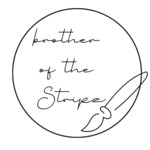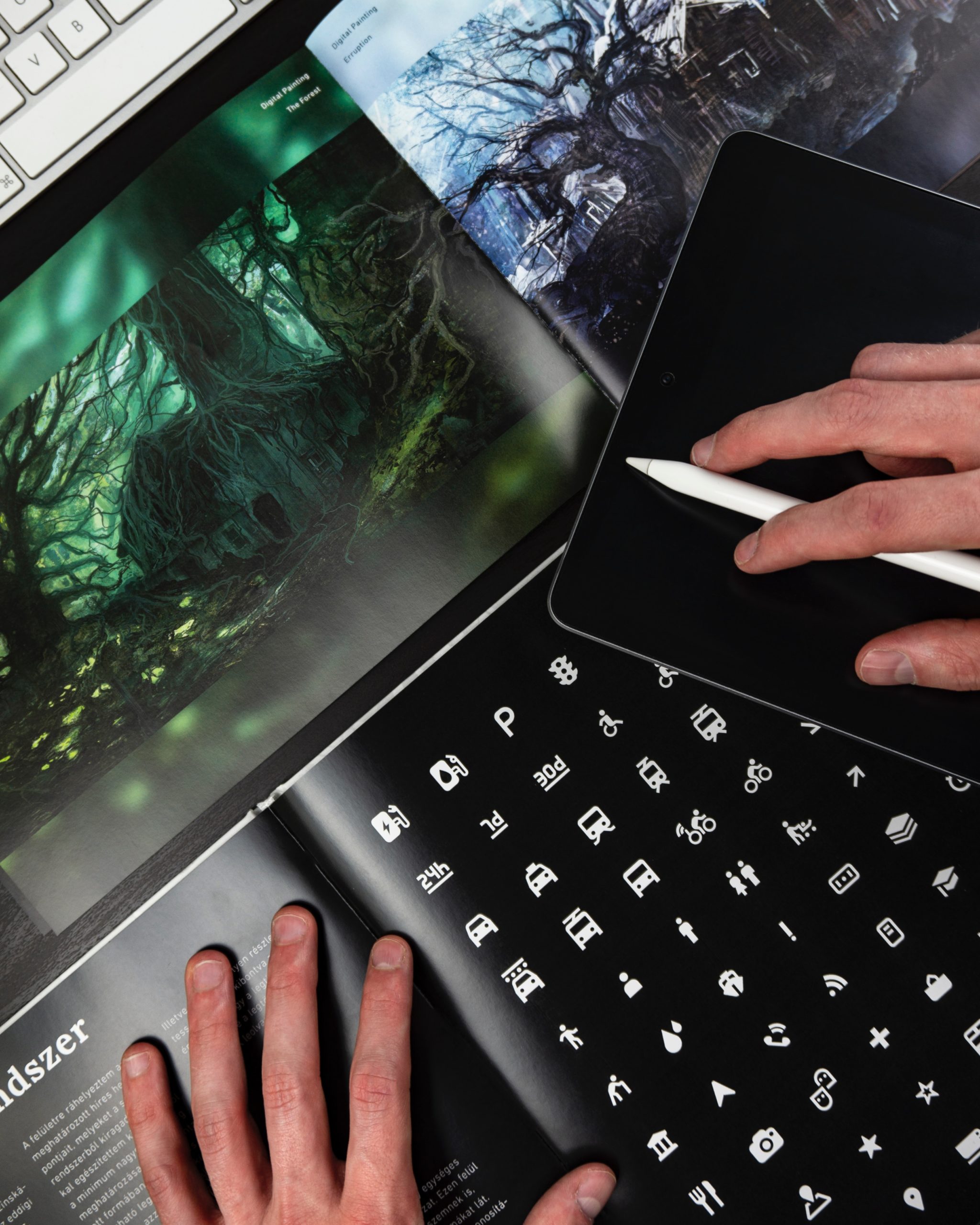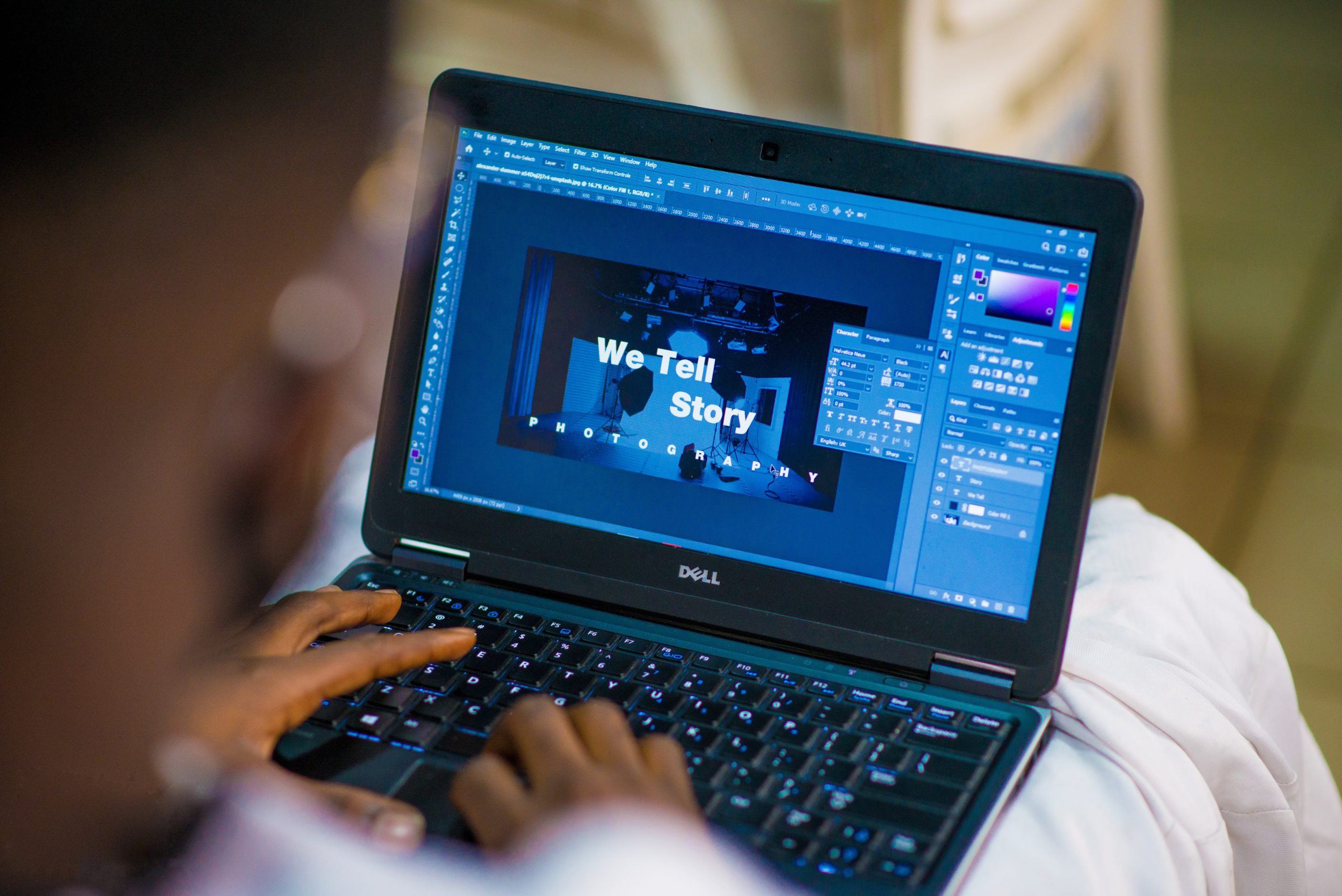Graphic design is the practice of creating visual content that conveys a message to the general public about a product, service, or idea. There are logos, paintings, illustrations, greeting cards, emails, and a plethora of other graphical elements everywhere. Advertisements are everywhere; we see them on billboards, in books, in magazines, in the apps we use, the websites we visit, and in the physical and digital products we buy.
In reality, graphic design is a type of media that uses visuals to convey meaning. The main components of this message are images, graphics, and text, which are combined using a variety of physical materials and software. Graphic design enables advertising, brand recognition, and consumer persuasion. It's artistic in and of itself, but the various components of the visual depiction end up influencing how we interpret and feel about the subject. If you want to try yourself in this sphere, you may find a work among volunteer graphic design jobs and then decide your future career.
Advertising and marketing while "visual identity" graphic design focuses on the visual elements of the brand through shapes, colors, and images (such as logo design, typography, brand style guides), "graphic design" is used to directly generate leads and sales through print (billboards, brochures, flyers, print ads) or digital (e-mail, websites, etc.) means (social media posts, banners, videos). Website design, industrial and product design, fashion design, book and illustration design, and motion graphics design, for example, used by streamers or in gaming design, are just a few of the many different types of design.
"How do I write an effective creative design brief?" is the question
The creative brief is a crucial document that outlines the project's objectives, parameters, and major milestones. It informs the freelance graphic designer about the tasks at hand, the intended audience, the main message or messages to be conveyed, the deliverables that are expected, and the deadline by which they must be completed (deadlines and milestones). To get the best creative results from your freelancer, make a plan with your internal stakeholders, business partners, or colleagues (or, if you're a one-person operation, find a friend or someone you trust to serve as a sounding board). The general guidelines that can be applied to the majority of creative briefs are as follows: You should:
- Define success so that both you and the designer can evaluate the results at the end.
- Begin by answering the 'what' (your goal) and 'who' (your audience);
- Be clear, concise, and to the point: less is more in this case, so avoid being too prescriptive and don't elaborate too much;
- Set realistic deadlines and allow time for feedback and revisions;
- Ask for help - from your team and others (and stick to your initial definitions).

Why is good graphic design so important?
In today's visually-oriented culture, images, packaging, signs, illustrations, websites, apps, and social media all compete for our attention, making it difficult to stand out and make an impression. The primary function of graphic design is visual communication. A talented graphic designer can create a logo, design an email campaign, or create business cards that help you stand out from the crowd while also establishing your company's credibility and trustworthiness, given the right direction from the client. Working with a dependable graphic designer on multiple projects ensures that your products and brand are always represented in a visually appealing and informative manner. If you answered "very important" to the question, "How important is it that my customers recognize me?", then graphic design is essential for your brand.









